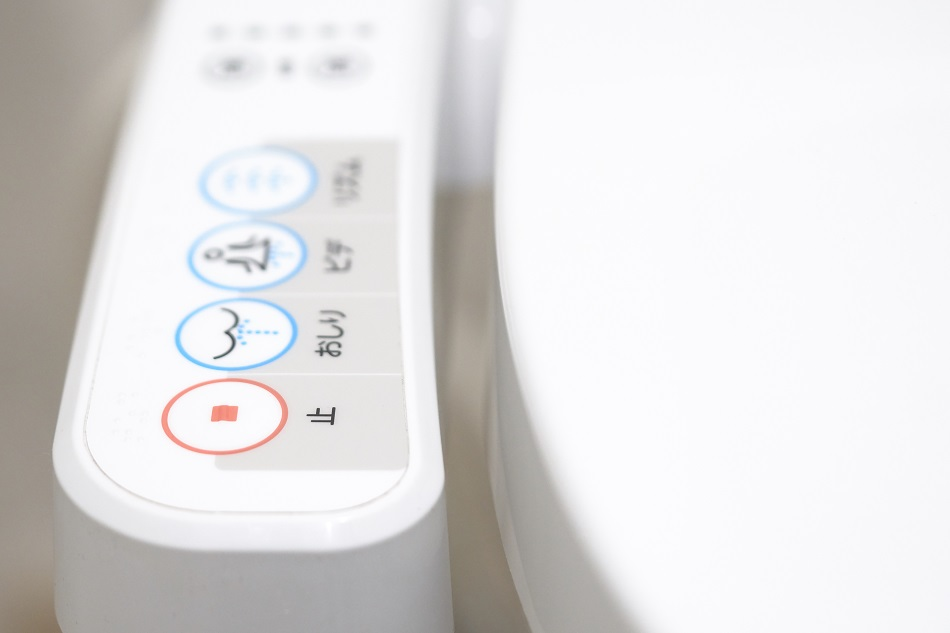
Image Credit: supawat bursuk/Shutterstock.com
In January of 2015, Google filed a patent that monitors the data collected from smart toilets to provide data to users on their overall health and well-being. By collecting both urine and stools, Google is confident that its novel robotic toilet will be capable of performing the same clinical and laboratory tests from the comfort of the individual’s home.
What are Robotic Toilets?
The vast amount of advancements that have been made in the field of robotics have allowed researchers to develop a wide range of technologies that have already been incorporated into the bathroom. The Japanese company TOTO, for example, is well known for its fleet of luxurious toilets that have been incorporated with revolutionary technology to improve the user’s experience. To this end, TOTO toilets are equipped with heated seats, rear, front and soft cleansing modes, and an energy-saving timer.
Other robotic technologies that have enhanced the normal bathroom experience include the Altan Giddel, which is a robotic toilet cleaner that can be installed under the hinge of any toilet seat. Once provided with water and toilet bowl cleaner, the Giddel extends its bristle arm and rotates around the toilet whilst continuously scrubbing every inch of the toilet.
From Luxury to Health Monitoring
Although many of the robotic toilet technologies, such as those previously mentioned here, have been primarily used to create a luxurious experience in the bathroom, a novel health monitoring toilet patented by Google is looking to revolutionize the way the average person assesses their daily well-being. According to the 2015 patent, this toilet will be comprised of two separate units for monitoring urine and stool output, a data control and processing unit, as well as a human-computer interaction unit. A specimen collector, conveyer and cleaner will also be incorporated into both the urine and stool monitoring units.
Traditional Urine and Stool Analysis
While the traditional laboratory urine test is a useful, painless, and non-invasive method for disease detection, the sample collection of urine can easily get contaminated when patients obtain the samples themselves, thereby limiting the accuracy of any results. Similarly, traditional stool tests require the patient to obtain a stool sample, place it in a clean container and send it to the appropriate laboratory for analysis. Stool analyses are particularly useful for detecting and diagnosing a wide variety of diseases potentially present within the gastrointestinal tract, which can include parasitic, viral or bacterial infection, cancer, and disorders that cause poor nutrition absorption.
The Google Approach
The object of Google’s health-monitoring toilet is to compensate for any deficiencies that previously existed in both stool and urine analysis. Once the urine detection unit recognizes urine, a collected urine sample will first enter the urine collector. From here, the urine sample will pass through a series of corresponding inspection stations that will be used to assess different health and medical states by adding external reagents and test samples. Some common parameters that will be assessed in the urine samples include protein, glucose, bilirubin, ketone bodies, biliary, occult blood, white blood cells (WBCs), red blood cells (RBCs), pH, epithelial cells, and urine mucus concentrations. Stool samples will be assessed similarly; however, the stool detecting station will also include a dilution device that will be used to create a diluted stool sample.
Both the stool and urine detection units will be equipped with their own image acquisition devices, allowing for the physical characteristics of both samples to be acquired. When assessing the physical properties of urine, this image acquisition device will provide information on the color and turbidity of this sample. Similarly, the image acquisition device for stool samples will assess the color, shape, and parasite that might be present within the sample.
Conclusion
Google’s health-monitoring toilet is not only expected to meet the current analytical capabilities for stool and urine samples but it will also allow for any individual to monitor their health status at home. While this invention may be an added benefit for normally healthy individuals to monitor and record their daily physical condition, it will also prove vital for individuals who may experience pathological changes over time, with or without overt physical symptoms. This type of preemptive health monitoring is expected to have a significant impact once it becomes available on the market.
Sources and Further Reading
Disclaimer: The views expressed here are those of the author expressed in their private capacity and do not necessarily represent the views of AZoM.com Limited T/A AZoNetwork the owner and operator of this website. This disclaimer forms part of the Terms and conditions of use of this website.